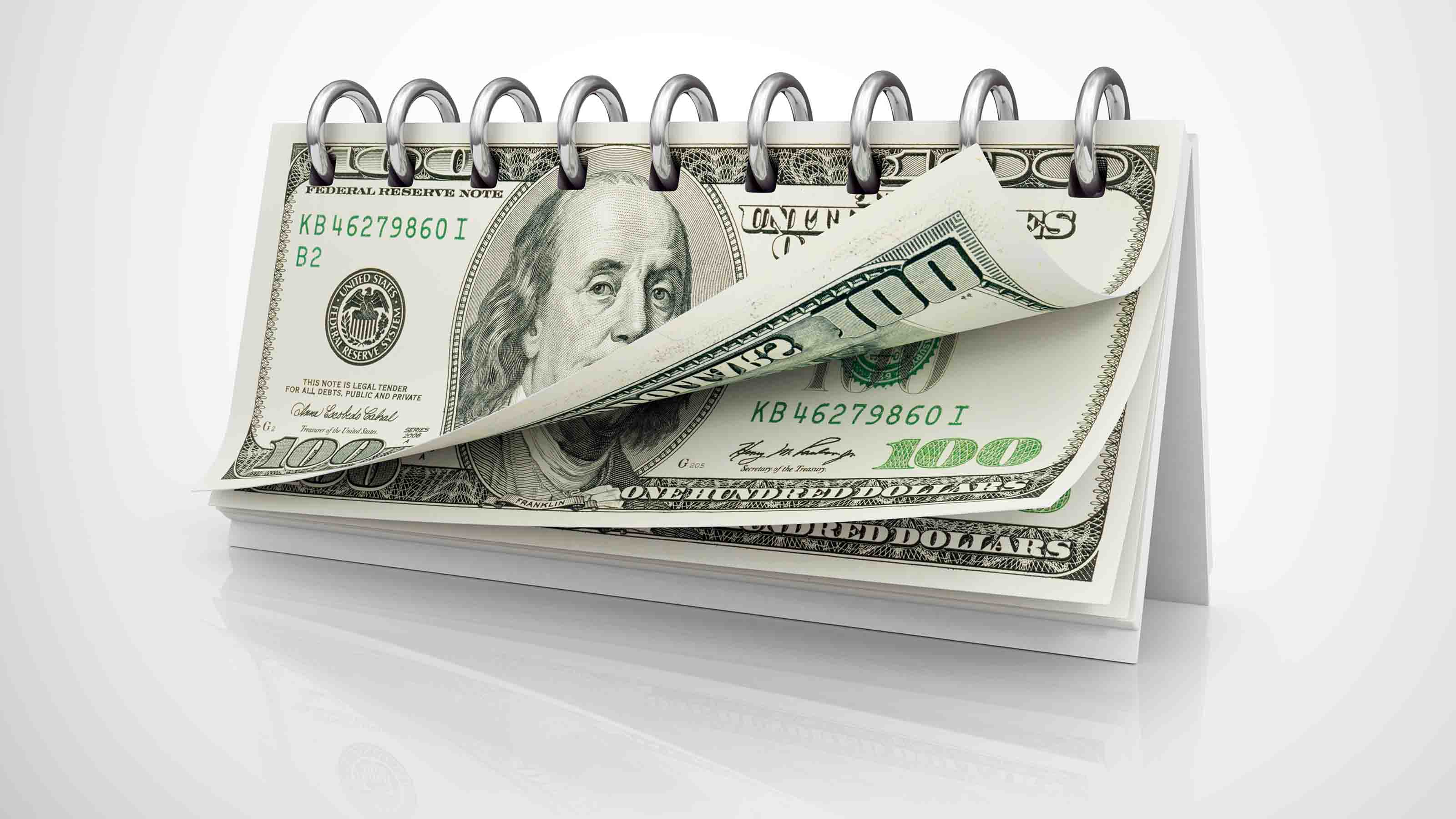3 Ideas for Good Yield
You can still safely add these high-yielding investments to your portfolio.

Investors’ relentless search for better yield is the number-one takeaway from my recent sojourn to Chicago for the annual Morningstar investment conference, a gathering of 1,900 investors, advisers, fund managers and journalists. The meeting featured hours of scary warnings about the economy, the markets and our dysfunctional political system. On the subject of U.S. stocks, I sensed widespread unease and lack of interest throughout the exhibit hall.
One notable exception was Brian Rogers, the manager of T. Rowe Price Equity Income (symbol PRFDX), who also serves as chairman of the Baltimore-based fund giant. Rogers said today’s pervasive pessimism about stocks reminds him of 1982, which followed a mostly lost decade for stocks but marked the unexpected start of a powerful 18-year-long bull market.
But behind the fear -- or because of it -- I found a clear preference among this gang for investment income, whatever the source. The higher the yield, the more enthusiasm any category seemed to generate: high-yield and emerging-markets bonds; short-term bond funds as an alternative to cash; real estate and income-oriented energy investments; and exotic go-anywhere funds. A flock of me-too investments are chasing the same few names in such popular areas as foreign bonds and master limited partnerships. That worries me, but I couldn’t find any pros who shared my concerns because, I’m guessing, these categories are performing so well.
From just $107.88 $24.99 for Kiplinger Personal Finance
Become a smarter, better informed investor. Subscribe from just $107.88 $24.99, plus get up to 4 Special Issues

Sign up for Kiplinger’s Free Newsletters
Profit and prosper with the best of expert advice on investing, taxes, retirement, personal finance and more - straight to your e-mail.
Profit and prosper with the best of expert advice - straight to your e-mail.
Maybe the obsession with high income will eventually burn investors, as the dot-com and housing bubbles did in the late ’90s and mid ’00s, respectively. But with the U.S. growing a little and many developing nations still expanding rapidly, the world is unlikely to blow up the way it did in 2008. And that suggests to me that you still have a window of at least one more year to add high-yielding investments to your portfolio safely.
Here are three income sectors I favor. It’s not too late to get into them or to add money to existing investments.
Ultra-Short Bond Funds
The mission here is to earn one-half to one percentage point more (after fees) than you can get with a money-market fund with minimal risk. These funds own assorted bonds, mostly corporates, that mature in no more than two or three years. The median yield of ultra-short funds is about 0.8% today, and a few yield more than 2% (it’s best to avoid those because they’re almost certainly concentrated in lower-quality debt). Over the course of a year, their net asset value per share should swing by no more than 1%. If you have $50,000 in a money-market fund earning zero, switching to an ultra-short fund promises to be worth $400 or so in additional pretax income per year. A move of this sort won’t change your life, but it will provide enough income to fix your car or cover a fun getaway weekend. So think of ultra-short bonds as a kind of rewards category rather than a serious income investment.
The category has a checkered past. In 2007 and 2008, several ultra-short funds lost more than 10% by mishandling derivatives or holding subprime mortgage debt when the credit markets froze. One offender was Fidelity Ultra-Short Bond (FUSFX), which saw its NAV drop from about $10 a share to $8. Chastened by this breach of trust, Fidelity last year launched Fidelity Conservative Income Bond Fund (FCONX), which, as its name suggests, is designed to guard against another implosion (funds in boldface are those I recommend). The fund has an average maturity of seven months, yields 0.67% and over the past 12 months has traded in a narrow range, between $9.97 and $10.01 per share. Fidelity’s highest bond honcho, Bob Brown, says the fund will never have “structured products” (a term that includes some of the stuff that ruined Fidelity Ultra-Short Bond) or low-grade foreign debt. He put enormous emphasis on those points. Good, because Fido can’t afford another catastrophe.
There are dozens of other ultra-short bond funds. Don’t pay a sales charge or high expenses, and scan the holdings to see if you recognize all or most of what’s inside. Check shareholder reports and Morningstar.com to make sure a fund hasn’t sustained any serious quarterly losses since 2008 and, preferably, none during the financial crisis.
High-Yield Bonds
Moving from the low-income area toward funds paying 5% and up, everyone’s favorite idea appears to be corporate junk bond funds. (One speaker said he’d rather have 100% of his money in high-yield bonds than 100% of it in Treasuries, and on that point I agree).
I spoke to several junk bond fund managers about my concern that any segment that is so popular with the public and in which pessimism is absent often tends to fall apart before long. But I was persuaded by the pros I spoke with that junk is worth riding until at least 2013. Matt Freund, who co-manages USAA High Income Fund (USHYX), says that prior to previous junk corrections and bear markets, borrowers would pitch new issues with all kinds of “sloppy features” and “silly structures” designed to benefit the borrower. (I’ll skip the details.) Freund says that’s not happening now. He and other junk-bond pros praise issuers of junk bonds for refinancing debt to save on credit costs, building cash and generally tightening their operations.
Moreover, several managers say, junk provides an excellent defense against rising rates. In fact, studies show that junk bonds perform better in rising-rate environments than in falling-rate environments. You can find plenty of good no-load junk funds, including USAA High Income, yielding 6.6% and up.
Emerging-Markets Bonds
While many speakers mentioned Europe’s troubles, creative guys such as Michael Hasenstab, global bond chief for Franklin Templeton, pointed out that economies are improving dramatically in places such as Malaysia, Indonesia and Mexico. His main argument is that Asia’s high-growth countries have much lower ratios of government and personal debt relative to the size of their economies than even the U.S. and Germany, never mind Italy and Spain. Over time, government bonds and corporate bonds issued in those emerging countries, whether priced in dollars or in local currency, should gain in value or at least hold their value as rating agencies raise their assessments of those emerging nations. Meanwhile, emerging-markets bond funds pay 5% and better.
Templeton Global Bond Fund (TPINX), co-managed by Hasenstab, is a fine choice, though it does not invest exclusively in emerging markets. It also charges a commission (it’s a great pick if you can get it without a load, as we at Kiplinger can through our 401(k) plan). Be aware, too, that the fund uses derivatives. “There are ways to maneuver with instruments so we can invest [in some countries] without ever touching an underlying bond,” says Hasenstab. In other words, he can use options, futures, swaps and who-knows-what to create synthetic Indonesian bonds or bet on what’s going to happen to the Argentine peso. I trust Templeton to employ these things judiciously.
A purer play on emerging-markets bonds is Fidelity New Markets Income (FNMIX), a member of the Kiplinger 25, the list of our favorite no-load mutual funds. DoubleLine, TCW and T. Rowe Price also offer good choices.
Kiplinger's Investing for Income will help you maximize your cash yield under any economic conditions. Download the premier issue for free.
Profit and prosper with the best of Kiplinger's advice on investing, taxes, retirement, personal finance and much more. Delivered daily. Enter your email in the box and click Sign Me Up.

Kosnett is the editor of Kiplinger Investing for Income and writes the "Cash in Hand" column for Kiplinger Personal Finance. He is an income-investing expert who covers bonds, real estate investment trusts, oil and gas income deals, dividend stocks and anything else that pays interest and dividends. He joined Kiplinger in 1981 after six years in newspapers, including the Baltimore Sun. He is a 1976 journalism graduate from the Medill School at Northwestern University and completed an executive program at the Carnegie-Mellon University business school in 1978.
-
 Your Guide to Buying Art Online
Your Guide to Buying Art OnlineFrom virtual galleries to social media platforms, the internet offers plenty of places to shop for paintings, sculptures and other artwork without breaking the bank.
-
 Samsung Galaxy S25 Ultra for $4.99 a Month: A Closer Look at Verizon’s Deal
Samsung Galaxy S25 Ultra for $4.99 a Month: A Closer Look at Verizon’s DealVerizon’s aggressive pricing makes Samsung’s top-tier phone tempting, but the real cost depends on your plan and how long you stay.
-
 I'm 59 with $1.7 million saved and lost my job. Should I retire?
I'm 59 with $1.7 million saved and lost my job. Should I retire?We asked professional wealth planners for advice.
-
 The Most Tax-Friendly States for Investing in 2025 (Hint: There Are Two)
The Most Tax-Friendly States for Investing in 2025 (Hint: There Are Two)State Taxes Living in one of these places could lower your 2025 investment taxes — especially if you invest in real estate.
-
 The Final Countdown for Retirees with Investment Income
The Final Countdown for Retirees with Investment IncomeRetirement Tax Don’t assume Social Security withholding is enough. Some retirement income may require a quarterly estimated tax payment by the September 15 deadline.
-
 Why Investors Needn't Worry About U.S. Credit Downgrade
Why Investors Needn't Worry About U.S. Credit DowngradeFitch Ratings The United States saw its credit rating downgraded for just the second time in history, but experts aren't worried about the long-term damage to stocks.
-
 Income-Investing Picks for a Recession
Income-Investing Picks for a RecessionInvesting for Income Some consequences of an economic downturn work to the benefit of fixed-income investors. Here are three fund ideas that fit the bill.
-
 Dogs of the Dow Are 2022's Best in Show
Dogs of the Dow Are 2022's Best in Showdividend stocks Some of the best investments for income investors in a volatile 2022 have come from the Dogs of the Dow.
-
 Bond Values in a Volatile Market
Bond Values in a Volatile MarketInvesting for Income While the market's instability may not be over just yet, the latter half of the year should be less daunting – and possibly more rewarding – for investors.
-
 Should You Buy Bonds Now? What To Consider
Should You Buy Bonds Now? What To Considerbonds The fixed-income market has been turned on its head in recent years, but there are still opportunities for those looking to buy bonds again.
-
 Dividend Dates: A Beginner's Guide
Dividend Dates: A Beginner's Guidedividend stocks Everything you need to know about ex-dividend dates, dividend announcements and other parts of the dividend calendar.